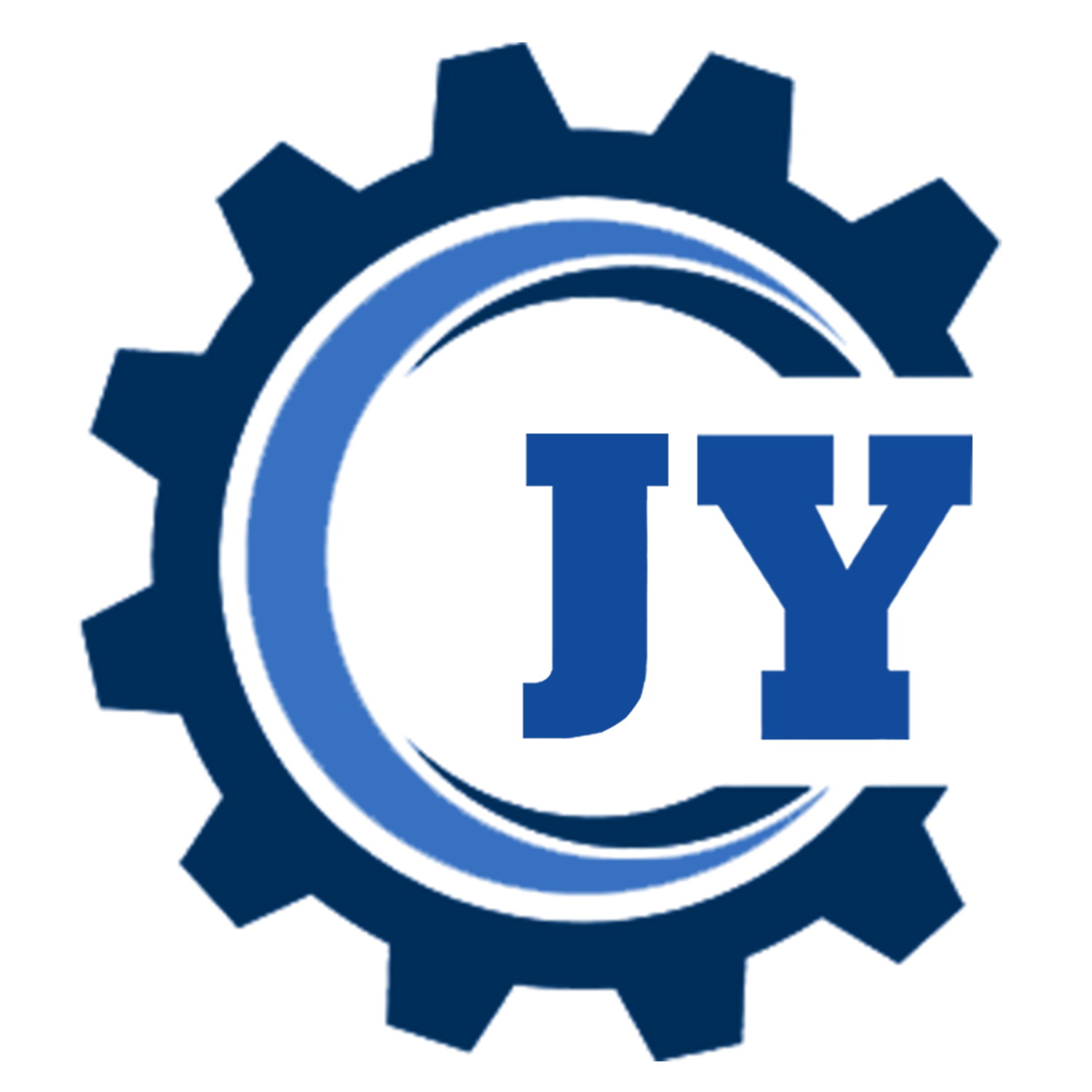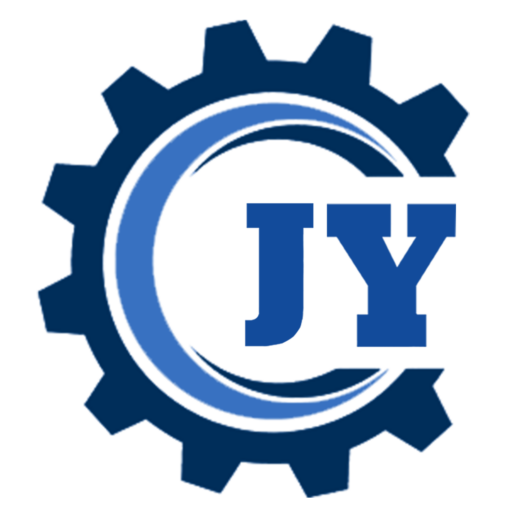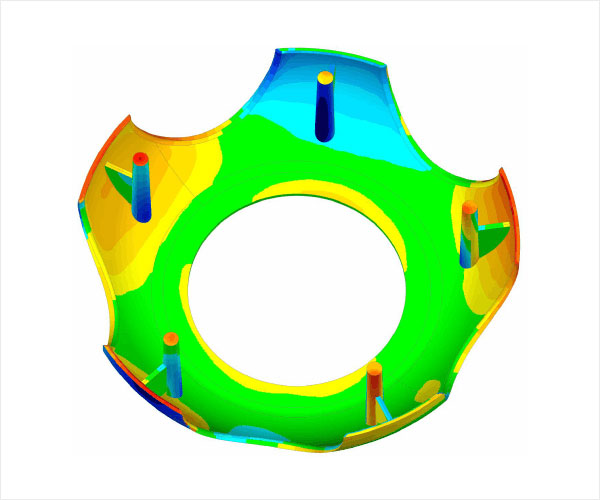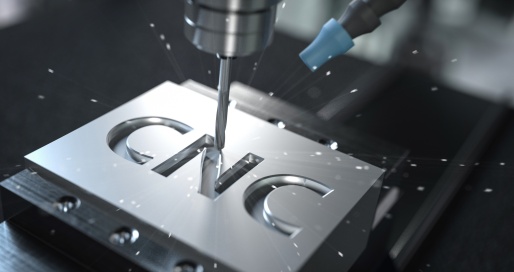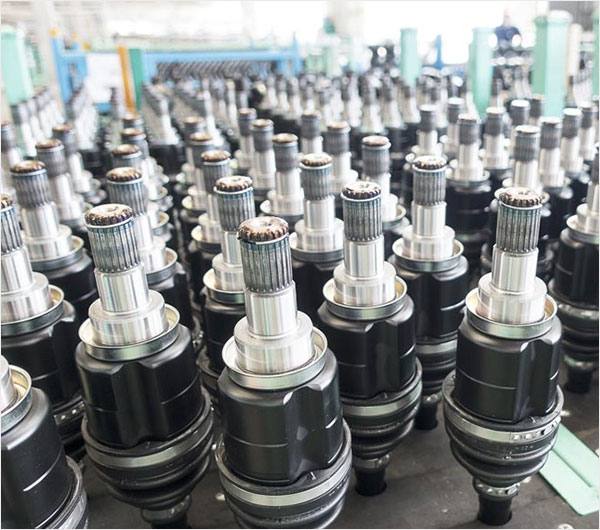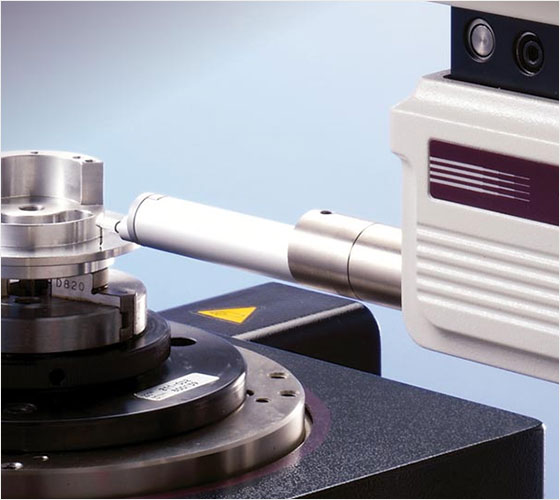Cutting gears on a milling machine is a precise and fascinating process. It’s essential in creating parts for various machines and devices. The process begins with understanding the gear’s specifications and choosing the right cutter. You then set up the milling machine, ensuring everything is perfectly aligned. Careful calculations guide the cutting of each tooth, ensuring accuracy and uniformity. As you cut, monitoring and adjustments are key to achieving the perfect gear. This process combines technical skill with attention to detail, resulting in gears that fit seamlessly into their intended mechanical systems. Cutting gears is truly an art in the world of machining.
What are Gear Cutting on Milling Machine?
Gear cutting on a milling machine is a fascinating process where the machine shapes precise gears from metal. It starts with selecting the right cutter for the gear type. For example, spur gears and helical gears need different cutters. The milling machine then uses these cutters to carve gear teeth into a metal blank.
The process involves setting up the machine with the gear’s dimensions. This includes the number of teeth, the gear’s size, and the pitch. The machine then follows these specifications to cut each tooth accurately. It removes metal in a controlled manner, creating the gear’s profile.
One key aspect is the precision required. Gears must mesh smoothly, so accuracy in cutting each tooth is crucial. The milling machine excels at this, ensuring each tooth is the right shape and size.
This process is not just about cutting teeth. It also includes finishing the gear for smooth operation. After cutting, the gears often undergo deburring to remove any sharp edges. This makes the gears ready for use in various applications, from cars to industrial machinery.
Is milling machine used to cut gears?
Yes, a milling machine is indeed used to cut gears, and it does this job quite well. This versatile tool shapes various materials, and cutting gears is one of its specialties. By using specific cutting tools and attachments, a milling machine precisely carves the intricate teeth of gears. The process requires careful setup and programming, especially for complex gear designs. This capability is vital in many industries, from automotive to machinery. It allows for the creation of precise, custom gears tailored to specific needs, showcasing the milling machine’s adaptability and precision in metalworking tasks.
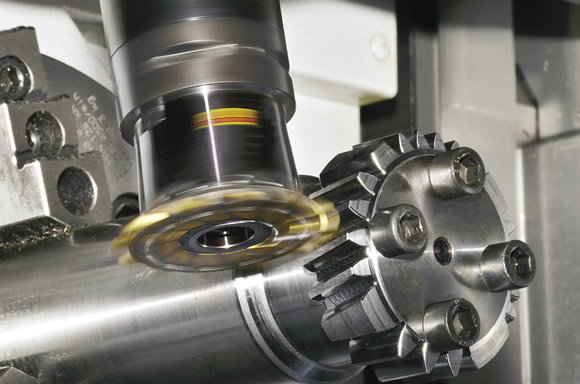
How to cut gears on a milling machine?
Cutting gears on a milling machine is a process that combines precision, skill, and attention to detail. Here’s a step-by-step process to help you understand how this intricate task unfolds:
Understanding Gear Specifications
Before starting, it’s crucial to understand the gear’s specifications. These include the number of teeth, pitch (the distance between teeth), and the type of gear (such as spur, helical, or bevel gears). These specifications will guide the entire cutting process.
Selecting the Right Cutter
Based on the gear’s specifications, you must choose the appropriate cutter. Different gears require different cutters. For example, a spur gear needs a hob or gear cutter, while a helical gear might need a different type of cutter.
Preparing the Milling Machine
Set up the milling machine for the task. This involves cleaning the machine, ensuring it’s in good working order, and setting up the work holding device. The workpiece – the blank from which you’ll cut the gear – needs secure mounting on the machine.
Setting up the Workpiece
Mount the gear blank onto the machine. Ensure it is perfectly aligned and secured. Any misalignment can lead to inaccuracies in the gear teeth.
Calculating the Gear Dimensions
Use the gear specifications to calculate the necessary dimensions. This includes the depth of cut and the required gear tooth profile. Accurate calculations are vital for a successful gear cutting process.
Programming the Milling Machine
If using a CNC milling machine, program it with the gear’s specifications. This includes the path the cutter will take and the depth of each cut. For manual milling machines, you’ll need to set these parameters manually.
Selecting the Cutting Speed and Feed Rate
Choose the right cutting speed and feed rate for the material and cutter. Different materials and cutters require different settings. A correct combination ensures efficient cutting without damaging the tool or workpiece.
Cutting the First Tooth
Begin cutting the first tooth. This is a crucial step, as it sets the precedent for the rest of the gear. Monitor the cutting process closely to ensure accuracy.
Continuously Monitoring and Adjusting
As you cut each tooth, continually monitor the process. Make adjustments as necessary to ensure each tooth is uniform and meets the specifications.
Completing the Gear Teeth
Continue the process until you have cut all the teeth on the gear. This requires patience and precision, as each tooth must be identical to the others.
Inspecting the Gear
Once all teeth are cut, inspect the gear. Check for uniformity and accuracy. Ensure that the teeth are of the correct shape and size and that they meet the gear’s specifications.
Finishing the Gear
After cutting, the gear might need finishing. This can include deburring (removing sharp edges) and polishing. This step ensures the gear operates smoothly and doesn’t wear out quickly when in use.
Testing the Gear
Finally, test the gear. If it’s part of a larger system, install it and ensure it meshes well with other gears. Look for smooth operation and proper alignment.
Post-Operation Machine Maintenance
After completing the gear cutting, perform maintenance on the milling machine. Clean it and check for any signs of wear or damage. Proper maintenance ensures the machine stays in good working condition for future tasks.
Documentation and Learning
Document the process and any challenges you encountered. This documentation can be helpful for future gear cutting projects. Reflect on what went well and what could be improved next time.
Cutting gears on a milling machine requires meticulous planning, precise execution, and continuous monitoring. Each step, from understanding the gear specifications to finishing and testing the final product, plays a crucial role in the success of the task.

